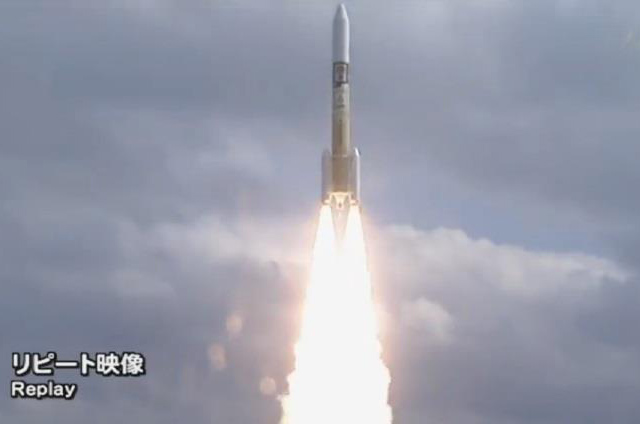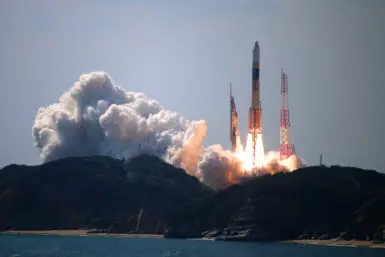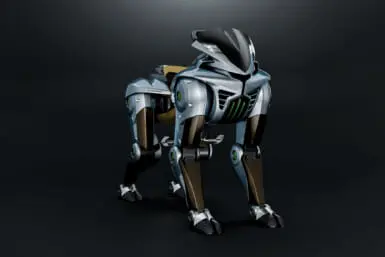Following two postponements due to bad weather, the probe lifted off this afternoon on its multi-year mission.
Japan’s Hayabusa 2 probe may be equipped for deep space exploration, but it was ill-prepared for bad weather. The intergalactic explorer’s launch was delayed for the second time until Wednesday at 1:22 pm, according to a statement made by The Japan Aerospace Exploration Agency to reporters on Sunday, as reported by The Japan Times.
Witnessed by what was described by one Fuji TV reporter as a “festival atmosphere” of about 300 people, Hayabusa 2 was propelled into space by the H-IIA rocket from the Tanegashima Space Center on Japan’s Osumi Islands, in Kagoshima Prefecture. After departing the stratosphere, it will hurtle toward the 1999 JU3 asteroid, which it is expected to reach by July 2018. Following a year and a half worth of tests, including, as an AFP report puts it, blasting “…a crater in the asteroid to collect virgin materials unexposed to millennia of solar wind and radiation, in the hope of answering some fundamental questions about life and the universe,” Hayabusa 2 will return to Earth with its data by December 2020. The aforementioned reports say the endeavor will cost ¥31 billion.
NASA notes that Hayabusa is Japanese for “falcon,” and adds that the probe is the third ever mission to touch down on an asteroid and the second designated to bring deep space minerals back to Earth. You can see a video of some of Hayabusa 2’s planned operations below.
—Kyle Mullin
Image: NBC News









